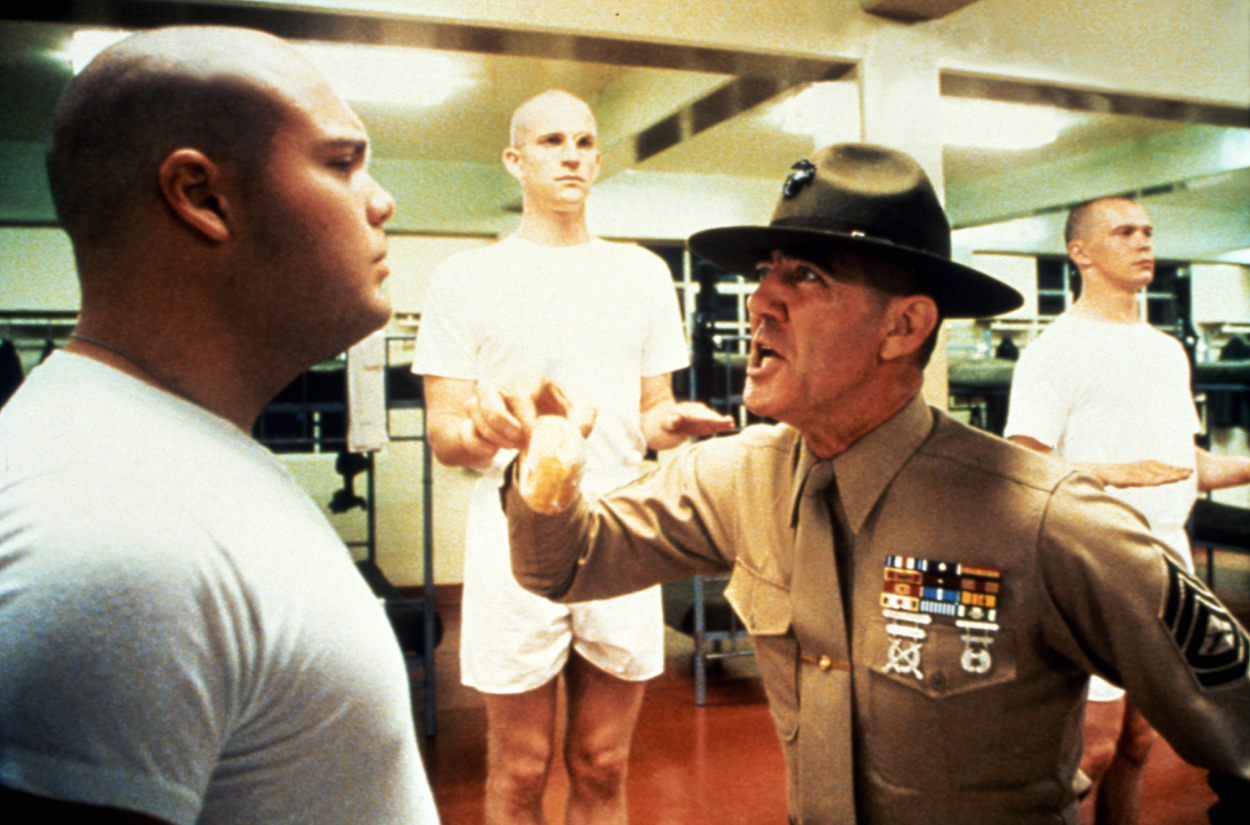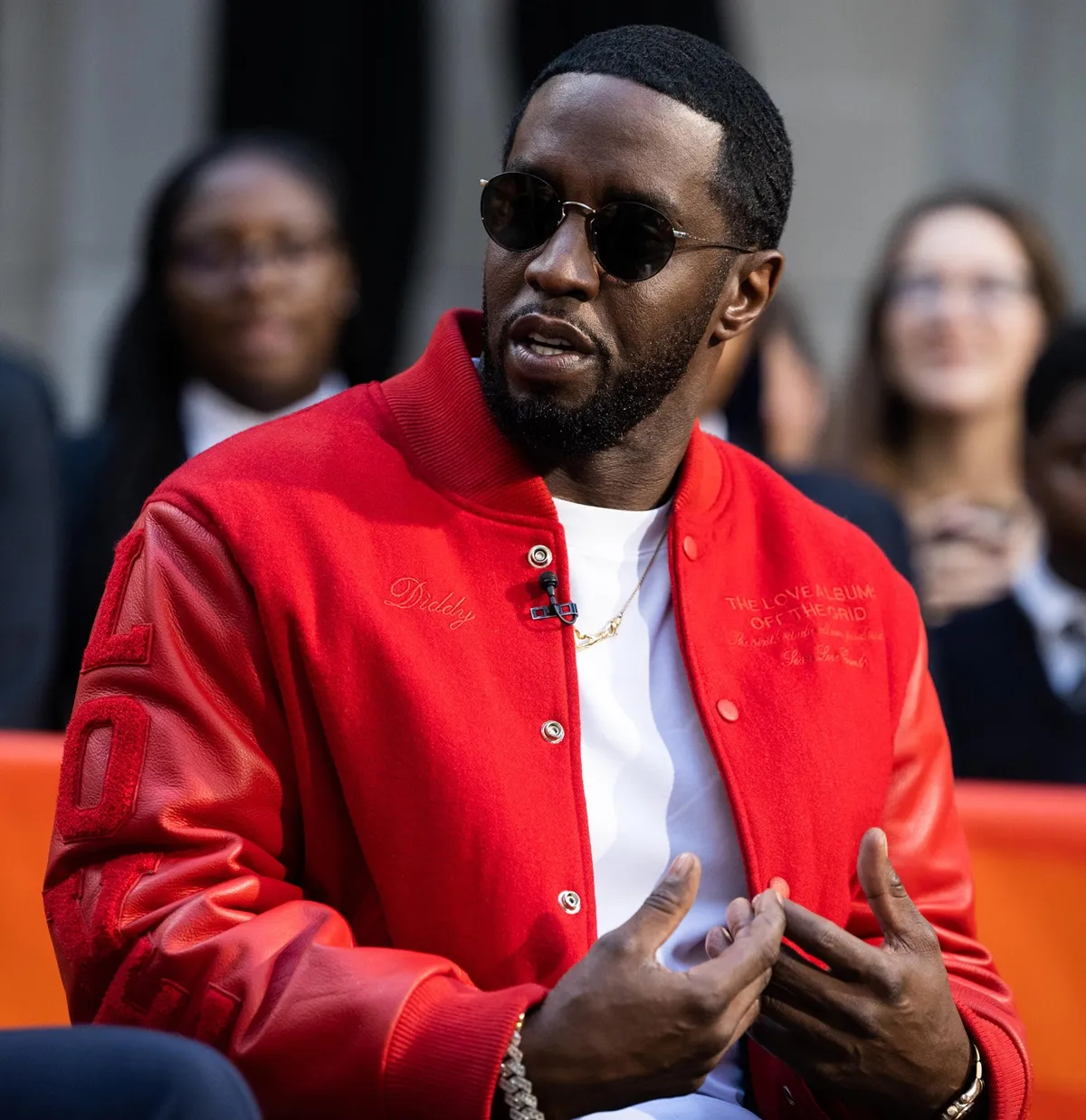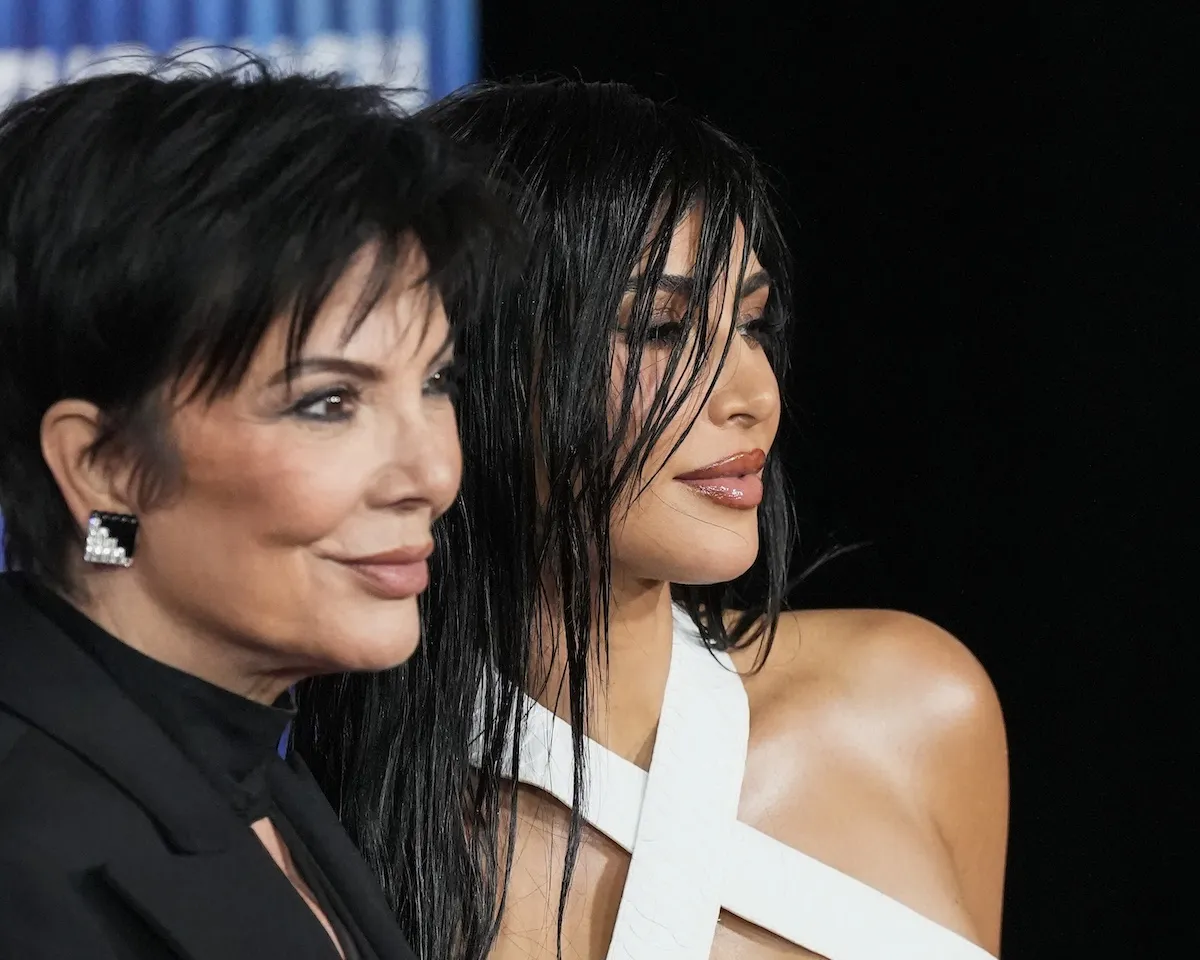‘Full Metal Jacket’: R. Lee Ermey Improvised Over 50% of His Lines Because He Knew How to Be a Sergeant
Few war films capture the hell of combat as believably as Full Metal Jacket. The movie is buoyed by some incredible actors turning in ultra-realistic work.
One of the most famous from the film is that of R. Lee Ermey. Let’s take a closer look at Ermey’s role, how it led to a larger Hollywood career, and how he was able to deliver such an iconic performance.

The story behind ‘Full Metal Jacket’
According to IMDb, Full Metal Jacket is a 1987 film directed by Stanley Kubrick that paints a chilling picture of a U.S. soldier’s experience in the Vietnam War.
It begins with boot camp before moving to the Vietnamese theater. It follows one soldier nicknamed Joker (played by Matthew Modine) as he attempts not to become hardened by the horrors of war.
Modine’s performance as an everyman attempting to make it out of a horrific war alive was amazing; also receiving acclaim for their performance was Vincent D’Onofrio as the overwhelmed and lethargic Private Pyle.
While the entire film functions as one unified work of art, narratively speaking it’s divided into two main sections: the first half, which takes place at boot camp, and the second half, which takes place in Vietnam during the actual war.
It was in the film’s first half where Ermey was able to shine, truly delivering a scene-stealing performance.
The iconic character of Gunnery Sergeant Hartman
Ermey’s character is Gunnery Sergeant Hartman. He serves as Joker and Pyle’s boot camp drill instructor. Hartman is verbally abusive and vindictive.
When Pyle frequently messes up, Hartman opts to punish the entire platoon. This leads them to punish Pyle in kind by beating him mercilessly while he was in his bunk.
Hartman and Pyle have a tragic end, signaling the conclusion of the film’s first half. Pyle takes his gun into the latrine and loads it. Joker frightfully confronts him before Hartman enters, continuing to lambast him. Pyle then turns the gun on Hartman before ultimately taking his own life.
While Ermey only appears in a fraction of the film, his presence is felt throughout the entire thing. His performance elevated the material, adding stunning realism to a brutal, uncompromising role.
Suffice to say that it’s hard to imagine Kubrick’s end result being nearly as effective without Ermey’s incredible acting. One of the movie’s defining elements is Ermey’s signature bark.
Not only did it make the film feel lived in and real, but it also created a second career for Ermey. Based on this part, he was able to get cast in additional Hollywood roles playing a distinctive type: the drill instructor who loves to get in soldiers’ faces and yell at them.
R. Lee Ermey improvised 50% of his ‘Full Metal Jacket’ lines due to his military experience
Ermey’s Hollywood career was long and illustrious by the time it was done. But Ermey hardly lucked into this profession. According to the Washington Post, Ermey devised a plan to break into Hollywood after serving in the actual U.S. military.
First, he wanted to get hired as a technical consultant, leveraging his prior military experience to help advise directors on how to make their military-focused films more believable.
Once he was on set, he planned to show how realistic and convincing he could be in a military role. Clearly, the plan worked.
Ermey said he made up 50% of his dialogue from Full Metal Jacket based on his previous career:
“My main objective was basically to just play the drill instructor the way the drill instructor was and let the chips fall where they may…You can ask any drill instructor who was down there in 1965 or 1966, that’s exactly how the drill instructor’s demeanor was. There were no punches pulled.”
There’s a reason Ermey’s performance rang true: because it was. Ermey was able to turn his military experience into an unforgettable performance.


